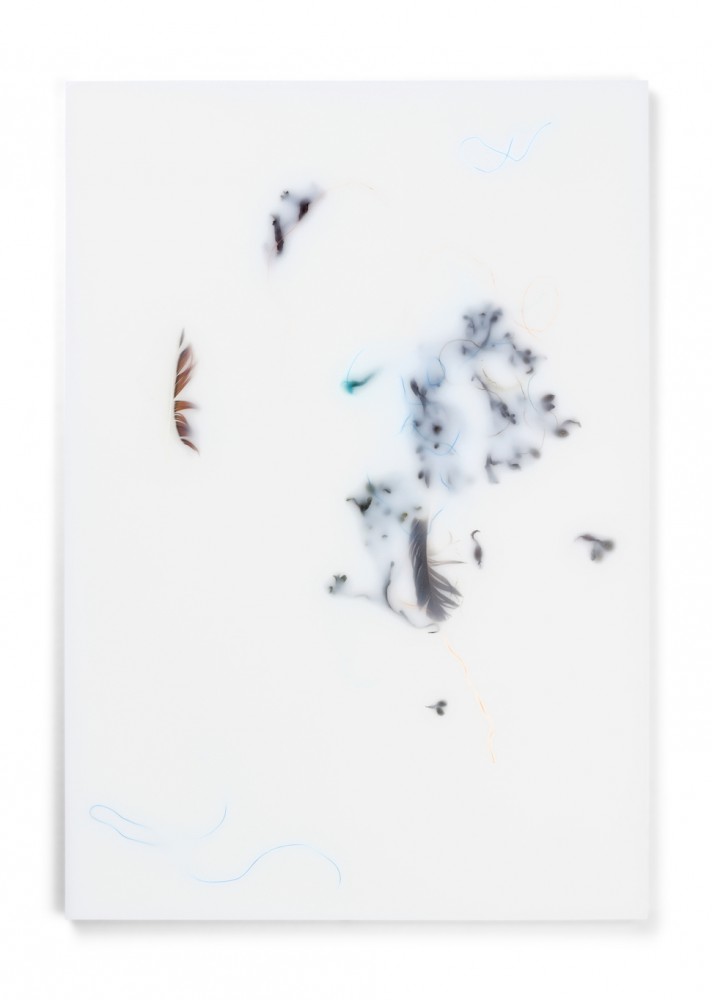
t.e. 161
waddensea herbaria, mediumIn early 2012, Kolk & Kusters began to study the landscape of the Wadden Sea and translate their findings into a series of works. The ‘Waddenzee Herbaria’ is one of these works, and it represents pieces of seaweed drifting in the water as if frozen in time.
“We found the stranded pieces of seaweed very poetic. They’re remains of life from a mysterious world below the water’s surface. We’d find the weeds drifting in the surf, partly revealed, as the muddy water blurs the full sight, creating a mysterious and romantic image. The original pieces consisted of only seaweed, but we wanted to add a wider variety of life traces in the 2020 version. Walking the coastline, you’ll find feathers of the many birds of migration, as well as fishing lines, nets, recreational waste, and many more remains of the human presence at sea. Still today, a lot of waste from the 2019 container spill of MSC ZOE remains in the water, as well as many shipwrecks. We found that adding different types of traces to the work made it more honest as well as more romantic. The Wadden Sea is not just a place of beauty and mystery, it’s a place of life and death, origin and waste. A landscape that is raw, rough, and sincere, ironically situated in one of the most cultivated areas in the world.”
50 x 72 x 3 cm
epoxy, seaweed, feather, polyester thread
unique pieces